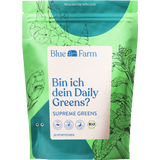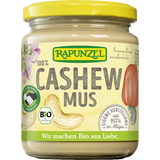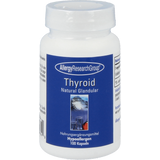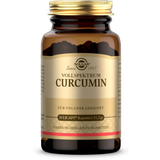Training in the Heat of Summer
When the sun beats down it is almost unbearably hot, making sport an ordeal. To avoid overheating, save your body from overworking, and keep your workout even when it is sunny, keep these tips in mind for training on hot days.
Even when you have the best intentions, in the summer it can be difficult to actually get up and move. Often by the time you are ready to go, it is too hot and any kind of movement feels twice as hard. Why is that?
When it is hot, the body has its hands full trying to cool down. The heart and circulatory system have extra work. Overheating is averted when blood is pumped into the arms and legs and into the upper layers of skin. This heat is released through sweat. The disadvantage of this system are obvious: the blood, which is required for cooling, is missing in the muscles. These are thereby supplied with less oxygen and nutrients, making high performance impossible. For this reason, training is strenuous in the heat and the body is exhausted more quickly.
To keep training from being miserable, there are a few tips and guidelines to keep sports fun:
-
First of all, always to listen to your own body. It makes no sense to push through if you are truly feeling bad. Pushing through can do much more harm than good. If you over do it, problems such as headaches, cramps, dizziness or nausea, can arise. If you feel any of these symptoms, stop immediately. Then go to a cool, shady place and drink a lot of water. The body can adapt to doing sport the heat. Over time becomes easier. Thin people are at an advantage. The higher the fat content in the body, the worse the body overheats.
-
Lower your limits when you exercise in the heat. The heart beats up to 20 beats faster at high temperatures. One hour should be plenty of exercise in heat.
-
If it is hot, drink a lot of water. Half an hour before exercise, drink half a liter of water. Right before, drink another quarter liter. After beginning to exercise, drink a small amout every 15 minutes. Performance slows due fluid loss. Performance slows after a water loss of 2% of your body weight. The best drinks are bottled water or diluted juice, which supply the body with electrolytes to replace those lost. Undiluted fruit juices or sugary drinks hamper the fluid intake.
-
The right clothes can make a huge difference. The body's cooling is supported best with breathable and airy clothes. Light colors reflect sunlight and are therefore better suited than dark colors, which heat up. Evaporation does not work properly in humid weather and cooling will take longer. Headgear (cap or cloth) and a pair of sunglasses are a very good idea. Headgear can be moistened with water, providing additional cooling and refreshment. Sunscreens are also important.
-
The ozone levels should be kept in mind. Pollution can reduce lung function, irritate the mucous membranes and lead to headaches. In the city the burden of pollution is worse because there is more car exhaust and particulate matter. The early morning hours are the best time to avoid pollution.
-
The most effective tip of all is also the simplest. It's about prevention. If you have the opportunity to avoid the heat, you should always do so. A workout in the morning or evening or through shaded training routes is the best. Once the midday heat has subsided, you can then think about starting your optimal routine.
Latest reviews
-
 5.0 (1)
5.0 (1)Blue Farm Organic Supreme Greens, 720 g
- Made from organic fruits & vegetables
- With algae & medicinal mushrooms
- 100% plant-based
€ 59,99 (€ 83,32 / kg)Delivery by January 15
-
 5.0 (2)
5.0 (2)Rapunzel Organic Cashew Nut Butter, 500 g
- Free from additives
- 100% cashew nuts
- Very finely ground
€ 13,99 (€ 27,98 / kg)Delivery by January 15
-
 4.8 (114)
4.8 (114)Allergy Research Group Thyroid, 100 capsules
Bestseller- Bovine thyroid tissue
- Gently processed
- Freeze-dried
€ 37,99 (€ 883,49 / kg)Delivery by January 15
-
 5.0 (1)
5.0 (1)SOLGAR Full Spectrum Curcumin, 30 capsules
- 100% natural turmeric extract
- Liquid formula in innovative LiCaps®
- Micelle technology (NovaSOL®)
€ 39,99 (€ 1.277,64 / kg)Delivery by January 15
